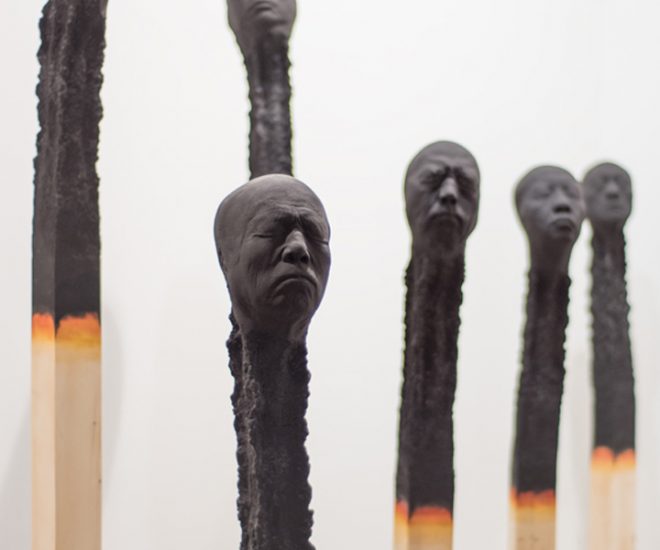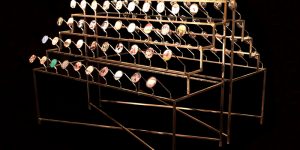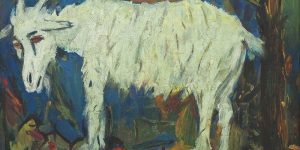Focus: Artist Wolfgang Stiller
Art Republik keeps a cool head around Wolfgang Stiller.

German artist Wolfgang Stiller acquired several leftover head molds and large pieces of bamboo wood for a movie production many years back while he was living in Beijing. He began experimenting with these components and stuck upon an idea to create several large-scale burnt matches where the charred remains of the matchstick appeared as human heads. This series of sculptures, titled ‘Matchstickmen’, has gained the artist significant recognition in the art world.
The artist recently exhibited his artwork at Art Stage Singapore under Galerie Mark Hachem. Stiller has travelled and worked between Turkey, the United States, China, and is also working as a guest professor in NYU. He was born 1961 in Wiesbaden, and studied communication design at the GHS Wuppertal and later pursued his education in Fine Arts. He relocated to Berlin after his studies of fine art in 1988. After staying 12 years in Berlin, he moved to New York where he spent 10 years, and lived in Peking for two years. Coming back to Berlin, the artist used his ‘Matchstickmen’ figures as a central subject to the development of his site-specific installation work.
He positions them in various ways to create different characters and meanings in their respective spaces. In one installation, his figures could resemble a battlefield, and in another, they are arranged in a playground-like setting that makes it seem as if someone played around with matches and dropped them. Through months of site-specific explorations in various spaces and galleries, he has created a myriad of stories and scenes using his one simple figure.
While the life-sized, burnt down matchsticks with human heads could symbolise how we burn out and get left behind in a society that only focuses on economic growth, Stiller leaves much of the meanings of his work to the viewer’s imagination. In fact, the artist believes that works that do not leave any space for one’s own interpretation are boring, and that everyone should have their own commentary while admiring an artwork.
Some of his other notable artworks are very much influenced by Buddhist philosophy, such as his artwork ‘Samsara’, an oversized ring made of brass that symbolises the recurring lifecycle. His work ‘Ginseng Spirit’ makes reference to the old Chinese saying that being compassionate towards a ‘Ginseng ghost’ will lead you to where the valuable Ginseng roots can be found. Drawing from these Eastern influences might be Stiller’s own way of critiquing the values of Western societies.
In terms of his artistic process, Stiller draws inspiration from the random things he finds in his studio and outdoors. He personally does not consider himself a classical fine artist because he does not make his works from scratch, but is instead influenced by material itself. Currently, the artist has moved on from working with inorganic materials and has started working a lot more with natural items he finds such as roots, wood and beeswax. Wolfgang Stiller’s purpose is to probe his audience, offer criticism, and create a common space for various interpretations and discussions to take place.
*For more information, please visit www.markhachem.com
This story was first published in Art Republik.









